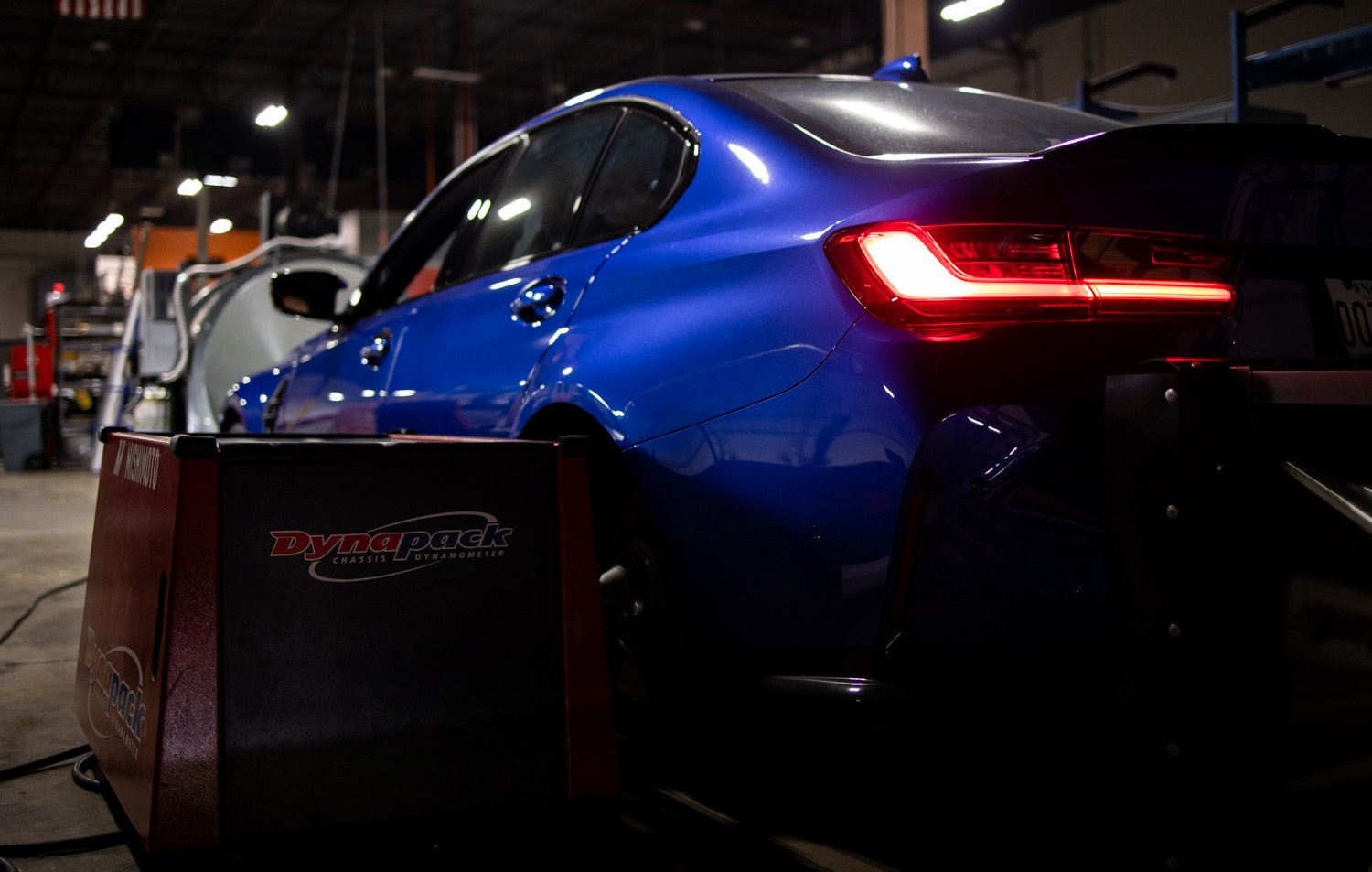
Ultimate Induction - 2021+ BMW G8X M3/M4 Performance Intake R&D, Part 4 - Testing Results
Claiming to be the ultimate at anything requires some physical proof. BMW has no issue backing up their claim of being the Ultimate Driving Machine with the extensive thought and engineering they put into every vehicle, especially when it comes to their prized M3. This M-car not only exemplifies with mantra but also consistently raises the bar, specifically with the mind-bending performance figures that the G8X platform puts out. We're here to do the same regarding what's under the M3 and M4's hood, specifically for the S58's intake system.
To start with our final testing, we need to rewind to our prototype of this new design. This prototype kit was always destined to pull double duty, both for checking our fitment along with performance testing, so we ensured that our 3D prints could withstand the heat under the M3's hood. Make sure that you head to our last post to check out our test fit and how we prepared our kit for testing.
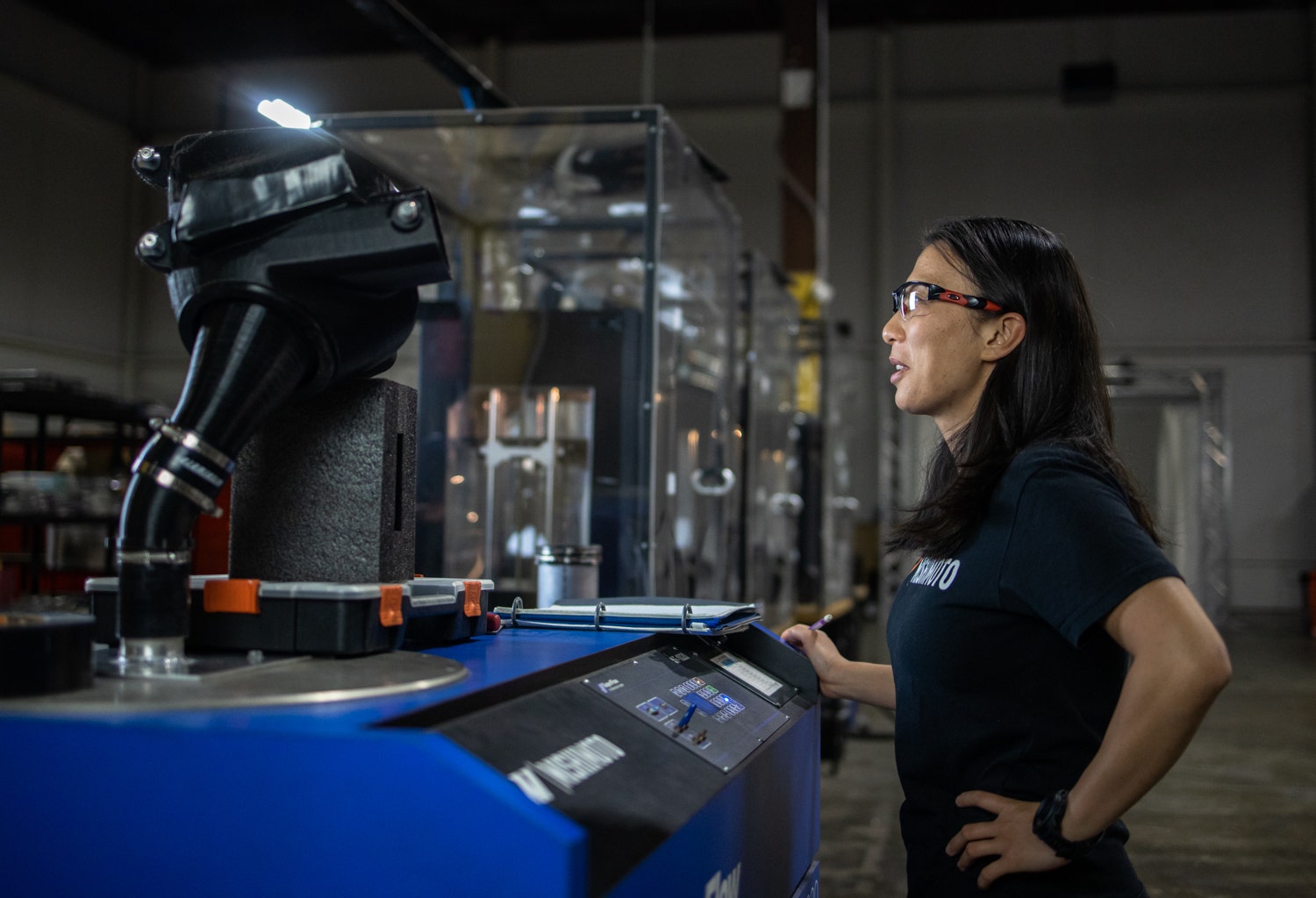
Our testing started on the flow bench. This device can either push or pull precise volumes of air, measured in cubic feet per minute, or CFM, through each intake, which allows for an accurate comparison between the stock units and our design. Our engineer, Ye, installed an array of sensors throughout each side of the intake to pinpoint the areas that pose the most restriction and generate an overall flow reading. Since the amount of air flowing through these intakes will vary as you drive the car, Ye blasted a range from 100 to 300 CFM through the intercoolers to simulate the vehicle's entire powerband. While both sides of the S58's intake work to achieve the same goal, they still operate independently of each other, so we made sure to record our data as such. We saw a 13% reduction in flow restriction on the passenger-side intake and 22.8% on the driver's side through our testing.
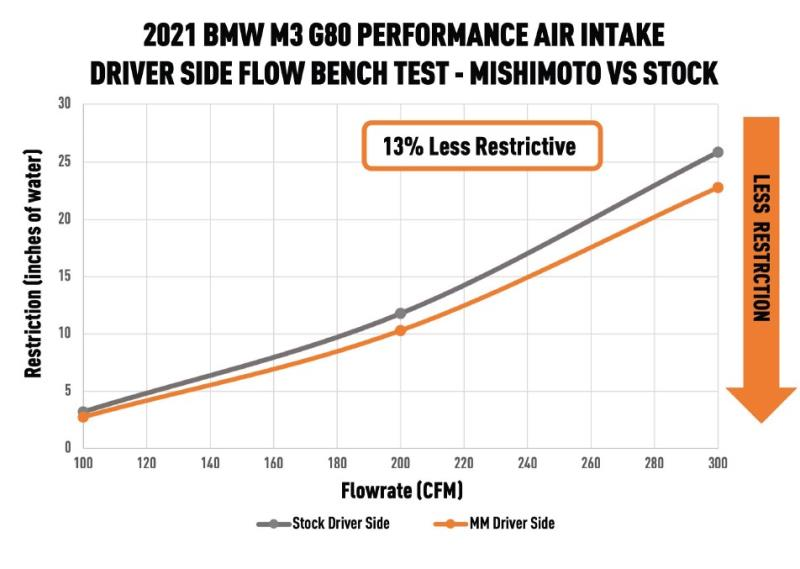
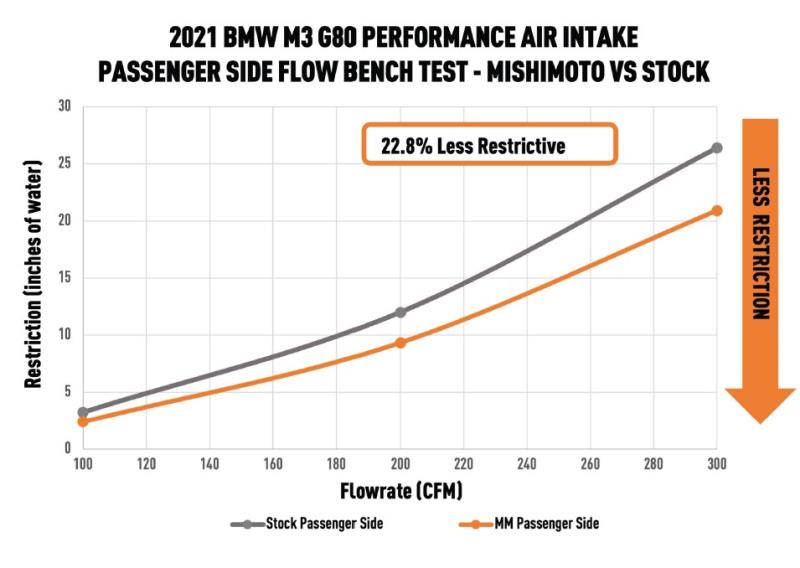

For the true test, we strapped our M3 Competition up to our Dynapacks for a round of dyno testing. Before we even programmed load on our packs, though, we already knew we were fighting an uphill battle thanks to the speed density based tune that these vehicles utilize from the factory. For those unfamiliar with the concept of speed density tuning, the simple version is that the S58 determines its fueling needs from a pre-loaded table based on the air temperature, manifold pressure logged from the MAP sensor, and the O2 sensor. There are plenty of advantages to this tuning style, but the one major downside is that bolt-on modifications aren't nearly as potent on stock-tuned vehicles. For more information on vehicle tuning, make sure that you head over to our technical article overviewing the two main options:
Air Metering 101: MAF vs. Speed Density

That all said, after compiling all of our testing data, the result was just as expected. The ECU adjusted to compensate for the additional airflow to retain the same power output but with an improved induction soundtrack. So now you might be asking, "why even upgrade the intake if it doesn't make power out of the box?" Well, we're glad you asked. In short, it depends on your modification plans. If you plan to add even more power to the already staggering output of the S58, then an intake upgrade is a must. Performance tunes and big turbo upgrades require more air for the best power potential, so reducing intake restriction is ideal for solidifying your platform further for more significant power figures.

The sixth iteration of M3 puts BMW's own slogan to the test while routinely raising the bar for both comfort and performance. Even still, what's widely considered the pinnacle of automotive bliss still has enthusiasts questioning how to make their ultimate driving machine even more ultimate. Well, the intake is a great place to start, and our new design is now available:
Performance Air Intake, fits BMW G8X M3/M4, 2021+
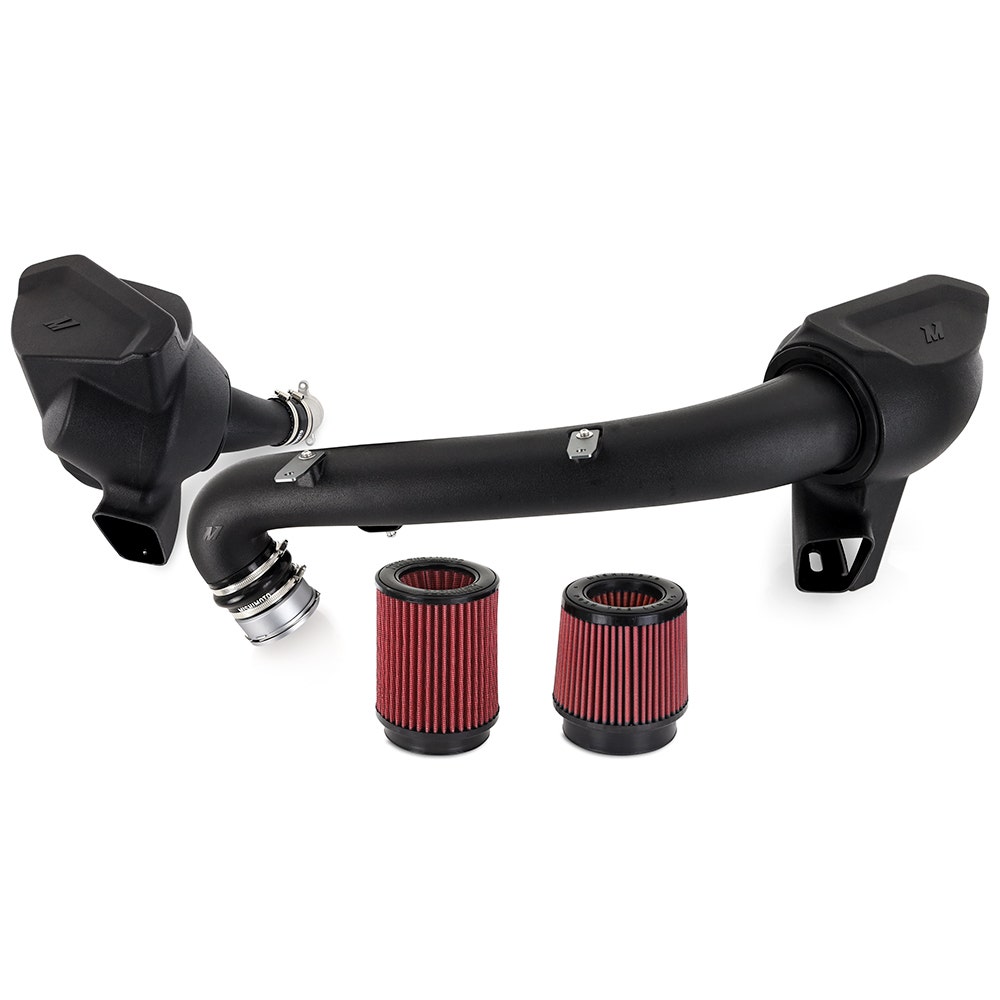
Thanks for Reading!
-Nick




